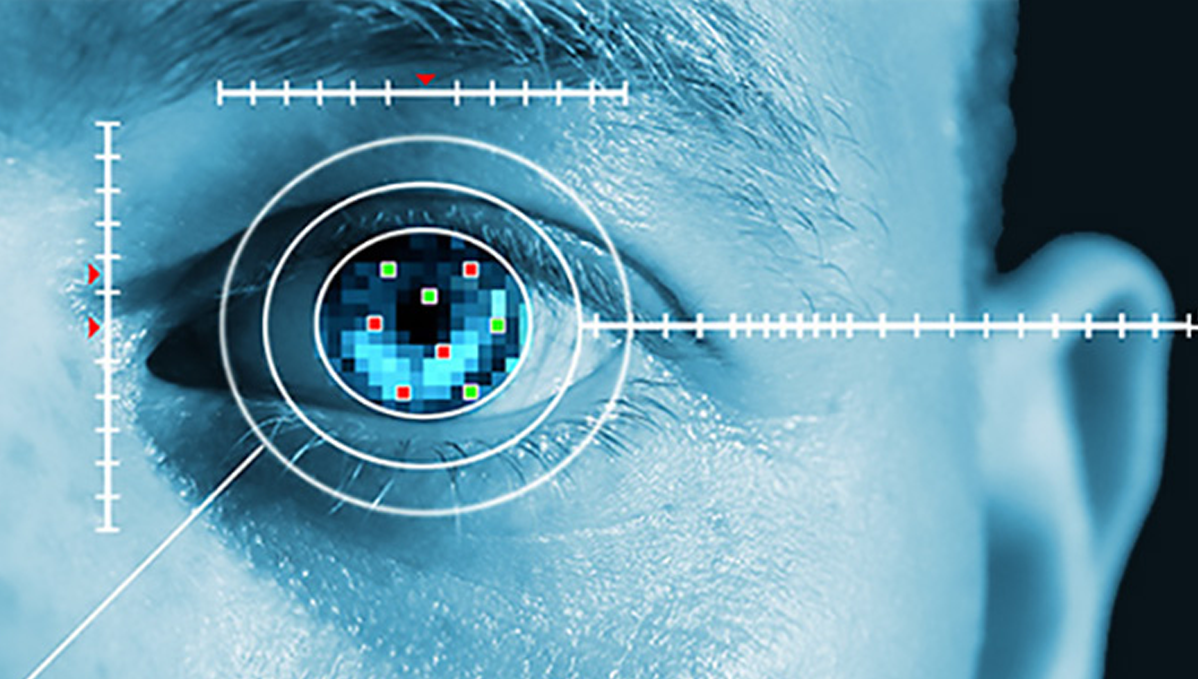

Nebraska Medicine Targets Earlier Diabetic Retinopathy Detection with AI

The potential for using artificial intelligence (AI) to bring greater diagnostic precision in health care has been growing, with hundreds of FDA approvals issued specifically for radiology.
Yet many AI applications are in their earliest stages of use. Nebraska Medicine, based in Omaha, Nebraska, however, has begun testing an AI tool in two of its primary care clinics to detect diabetic retinopathy in patients — a condition that can lead to blindness.
Using a system called EyeArt from AI company Eyenuk, primary care nurses or assistants capture images of their patients’ retinas using a fundus camera that photographs the back of the eye. The images are securely transmitted to the system’s cloud-based platform, which looks for signs of disease or lesions and then returns a report in less than 60 seconds.
The results are integrated into Nebraska Medicine’s electronic health record system, and primary care physicians can refer patients to an ophthalmologist if needed. The system enables physicians to identify patients who may be at risk for serious visual complications so they can be referred to a specialist earlier.
“Early detection and timely intervention can reduce the risk of vision loss and are essential, given that late-stage disease can be more difficult to treat,” Steven Yeh, M.D., a board-certified ophthalmologist at Nebraska Medicine, said in a statement.
Early results at Nebraska Medicine appear to be promising, with clinicians referring 28% of patients who have been screened with the system to an ophthalmologist, notes a Modern Healthcare report.
EyeArt is the first and only FDA-cleared technology for the autonomous detection of vision-threatening diabetic retinopathy caused by high blood sugar, according to the company’s website. The company reports that the system has been tested on more than 500,000 patients globally with more than 2 million images collected in real-world clinical settings.
EyeArt reports a 91.3% sensitivity rate for referrable diabetic retinopathy and a 98.5% sensitivity for vision-threatening diabetic retinopathy in a study of more than 100,000 consecutive patient visits to more than 400 primary care clinics, the company states.
The platform also may detect age-related macular degeneration and glaucoma, but it’s not intended to replace a thorough eye exam, which can detect other things like the need for glasses.



